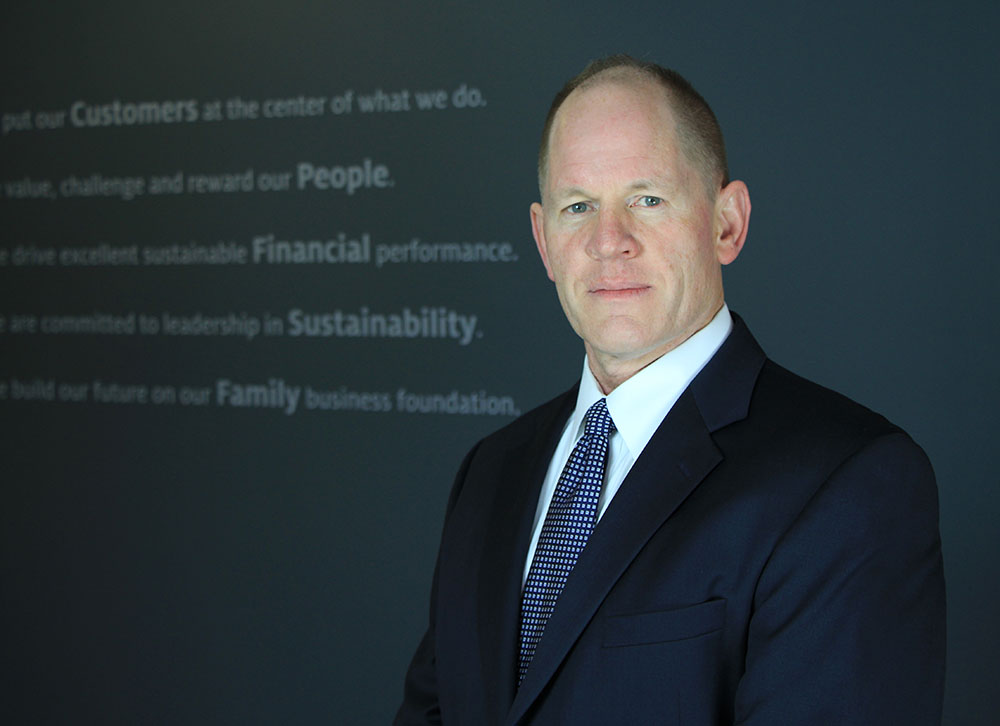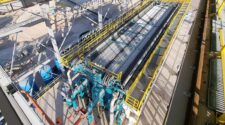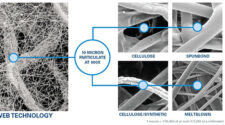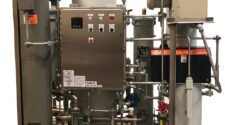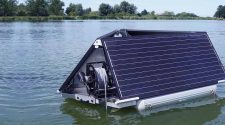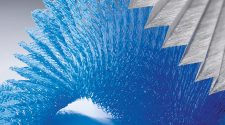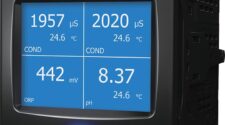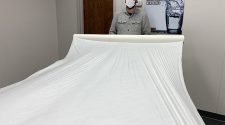Daniel Oberle, Global Market Development Manager at Henkel Adhesives, has been with Henkel for 31 years. Henkel specializes in adhesives in the filtration and separation technology markets.
Henkel is the company behind many well-known global industrial brands, including LOCTITE, TECHNOMELT, and TEROSON. The company doesn’t just sell adhesives and sealants. The company’s objective is to provide systems that improve performance, reduce costs, and expose freedoms for designers and manufacturing engineers. Often, Henkel provides the enabling technology, which opens the opportunity to do things that otherwise couldn’t be done, such as increase surface area, reduce pressure drop, join dissimilar materials, and other design freedoms enabled by adhesive technology.
Specializing in adhesives, sealants and coatings, Henkel products and technologies are available worldwide. With employees in 120 nations and locations around the world (including HQ in Dusseldorf), they have a strong presence both in mature and emerging markets. Henkel’s portfolio is broad and deep and includes many adhesive and sealant technologies not yet on the market. Core products include hot melts, cyanoacrylates, and polyurethanes, along with advanced technology such as light-curing acrylics, silicones, anaerobics and a stable of hybrid chemistries (consider, for instance, the speed of superglue with the durability of epoxy).
Henkel has a dedicated global team focused specifically on the filtration industry. Covering the spectrum of filtration and separation technologies, typical applications are membrane bonding and reinforcement, hollow fiber membrane potting, pleat separation and sealing, gasket bonding or replacement (formed-in-place gaskets), and end cap replacement. Advanced technology applications include blister-free membrane adhesives, media reinforcement via light cure technology, high temperature end cap bonding, and KTW/NSF approved epoxies.
An important point to get across is that there are a lot of technology advancements out there that most people haven’t even heard of yet. Henkel spends a tremendous amount of time and resources to innovate – not just chemistry, but also application concepts and unique process capabilities. It’s all about bringing new value to the filtration design or operation.
Ed Gregor: Does Henkel offer thermoset materials such as epoxies for bonding metal wire cloth to end-caps for high-pressure situations?
Dan Oberle: Sure. Henkel has a broad and deep portfolio of chemistries, including dozens of epoxy variations. We are market focused, meaning we formulate to what you need for a given segment or application, so even if we don’t have it in the catalogue today, there’s a good chance we can do it. And yes, we do supply epoxies for end-cap applications.
Ed Gregor: Henkel offers light-curing adhesives (some UV-curing, I assume). Is E-Beam curing used by anyone in filtration?
Dan Oberle: Light cure adhesives (LCA) and sealants have been around for many years, and cross a wide spectrum of curing parameters, from high intensity UV lights, to visible light, and LED. Although most application development of LCA’s in filtration is recent, these special polymers are used in many applications, with more in development. Precision applications, cure-on-demand, and/or increased throughput; RO membrane fold protection is a great example of a precision, automated application, with an engineered material replacing a simple 2kPU. We have systems designed to dispense and cure a fold protection in seconds vs hours.
Over the coming months you will hear a lot about our new print-in-place membrane technology, which employs light cure technology as well.
Ed Gregor: When Henkel talks about selling systems, what does that mean?
Dan Oberle: What we mean is that we rarely sell just a bottle of glue (or a box, drum, or stick). Think about what is involved in executing a chemical solution to a mechanical problem. The system must be designed – substrates need to be selected, joints need to be the right design and dimensional tolerances, parts presented in the right condition and orientation. Henkel has the experience and resources to engage at the very beginning of the product design process, and help you manage the entire cycle.
Once parts are designed and adhesive is selected, tested, qualified (PPAP, ISO, NSF….), the system is designed to get the material from the container to the part. That can be simple dispensing systems for a manual operation, or a fully automated work cell. Henkel continues to invest in manufacturing technology, such as the Sonderhoff corporation, which specializes in foaming, silicones or PUs, and automation.
And let’s not forget about environmental concerns. We have systems for recycling empty adhesive containers, systems for managing material to minimize waste, and expertise to help recycling at part end-of-life
Ed Gregor: Has Henkel developed any adhesives for markets other than filtration, which have proven successful elsewhere?
Dan Oberle: Henkel produced over $11 billion in adhesives last year. We serve virtually every industry where products are assembled: automotive, aerospace, heavy equipment, electronics, small appliances, packaging. The list goes on. In addition, we sell a wide variety of products to the MRO side of operations.
Ed Gregor: What would you estimate is the biggest unmet need in filtration/separation adhesives?
Dan Oberle: Our focus is on the pending global water crisis. Within the next decade or two, global fresh water consumption outpaces current supply. The industry is growing rapidly to meet that demand, but step-changes will be required if we are to stave off the crisis.
Membrane technology has been virtually the same for 40 years, yet we see breakthroughs on the horizon which could change the situation. If a desal plant, for instance, can get 40-50 percent increase in permeate flow from the same footprint, then we’re going to gain on the problem. In many of these technology breakthroughs, adhesives and specialty polymers are an explicit part of the solution.
On a less dramatic scale, a technical challenge is to eliminate the use of isocyanates in filtration adhesives. For EH&S concerns, isocyanates must be carefully controlled, with corresponding costs. Isocyanates are also moisture sensitive, often requiring expensive drying processes or high waste due to moisture or humidity. Iso-alternatives are in early stage development.
Ed Gregor: Anything new or unique in product development from Henkel you care to mention?
Dan Oberle: I already mentioned a couple of important R&D programs, the print-in-place polymer membrane feed spacer technology and the iso-free polyurethane alternative. The PiPP spacer has promise to be a step change in spiral wound liquid filtration/separation applications. Much higher available membrane surface area, reduced fouling, and/or reduced pressure drop are all possible. The Iso-free program is all about moving away from the “necessary evil” properties that we must deal with when using polyurethanes.
Ed Gregor: Do you see any new filtration market trends with adhesives? If so, what?
Dan Oberle: Iso-free adhesive alternatives to PU. Drinking water approved epoxies. Next generation potting materials for hollow fiber filtration, plastisol alternatives for oil filter end caps, “frameless” air filters, formed-in-place foamed gaskets … we’re innovating all the time.
For further follow-up questions or inquiries, Dan Oberle can be reached at dan.oberle@Henkel.com.


